How to Unjailbreak an Android Device
Unlock the jailbreak yourself
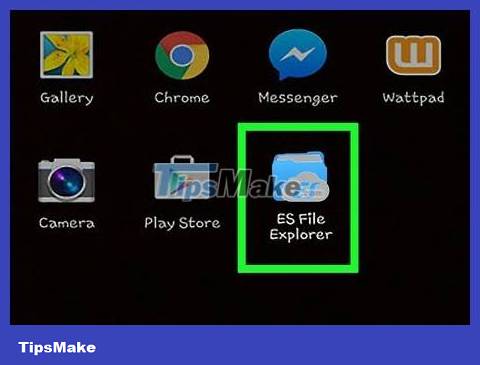
Open the key file manager on the device. Play Store has many file managers that you can use to open lock files on your Android device. Popular managers include Root Browser, ES File Explorer and X-Plore File Manager.
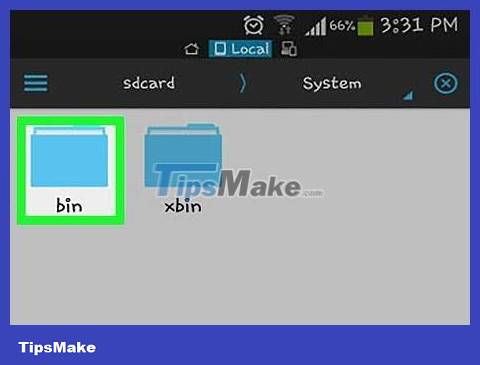
Find and tap/system/bin/.

Find and delete filenamesu. You can long-press the file and then select "Delete" from the menu that opens. Depending on how the device was jailbroken, there may be no filessuany.
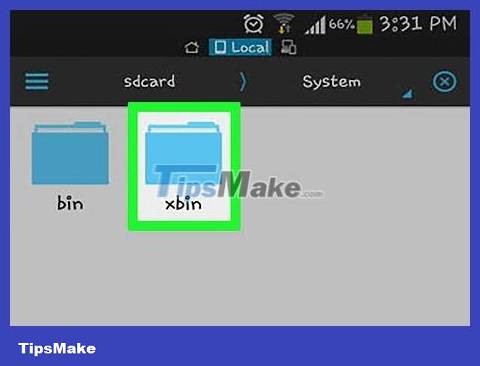
Press/system/xbin/.

Delete filessuthat you found.

Find and tap/system/app/.

Delete filesSuperuser.apk.

Restart the device.
With this method, your device will probably be unlocked after rebooting. You can confirm this by downloading and running the Root Checker jailbreak checking app from the Play Store.
Use SuperSU
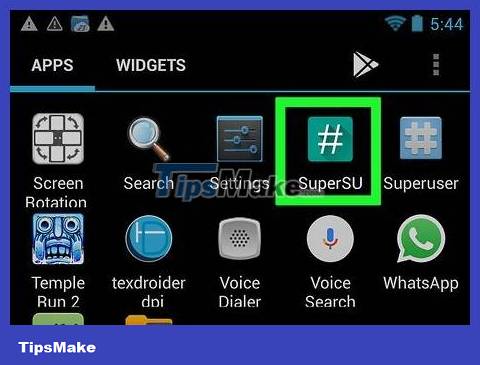
Open the SuperSU app. If your device doesn't have a custom recovery backup installed, you can jailbreak it using SuperSU.
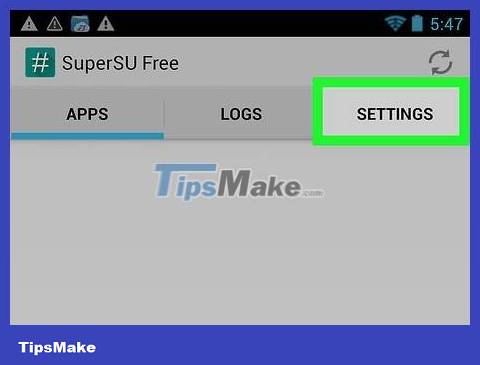
Tap the "Settings" tab.
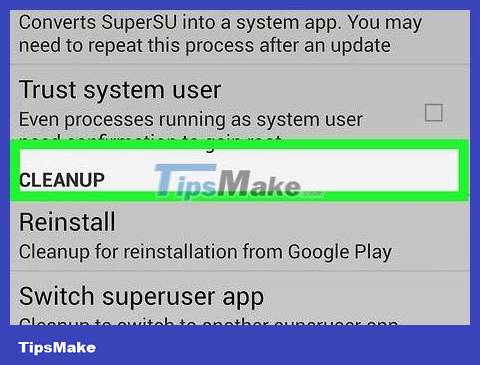
Scroll down to the "Cleanup" section.
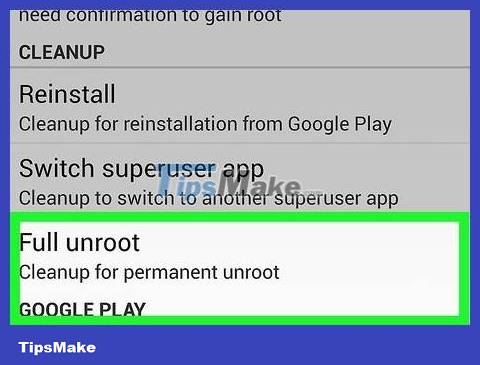
Click "Full unroot".
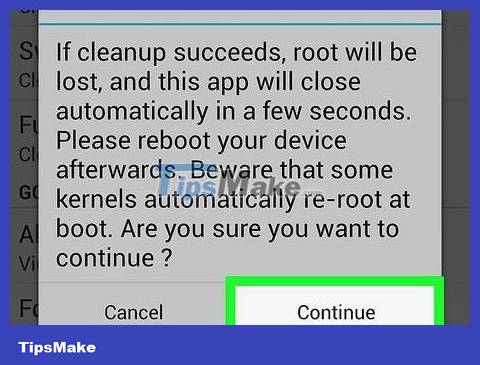
Read the confirmation request and click "Continue".
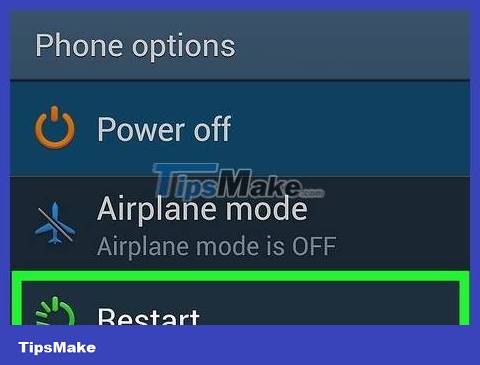
Do not restart the device when SuperSU is closed.
For most devices, doing so will get them out of jailbreak mode. Some custom operating system backups automatically reboot the device on startup, disabling this method.

If it doesn't work, use an un-jailbreak app. The Universal unroot app available on the Play Store can unroot many Android devices. Although it costs 20,000 VND, this software can be very useful. However, it cannot be used for Samsung devices (See next section).
Unjail Samsung Galaxy

Get the original operating system for your device. To unjailbreak your Galaxy device, you will need the original operating system for your device and carrier. You can find them in many places online. Use the search engine, type the Galaxy model name, carrier and the phrase "original operating system". Unzip after downloading and find the file.tar.md5.
Note: This method will not reset the KNOX counter, which is how Samsung determines whether your device has been jailbroken or modified. At this point, there is a way to crack the code without causing the KNOX counter to jump. However, if the device is jailbroken using older methods, resetting the counter is completely impossible.
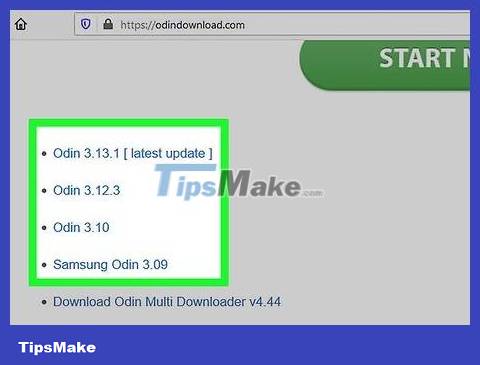
Download and install Odin3. This is an Android development tool that allows you to push the stock operating system from your computer to your Android device. You can find the installation file at Odin's XDA page here.

Download and install Samsung drivers. If you've never connected your device to a computer, you'll need to install the Samsung USB driver. The fastest way is to download from Samsung here. Download the ZIP file, double-click to open and extract the installation file. Run the installation file to install the driver.
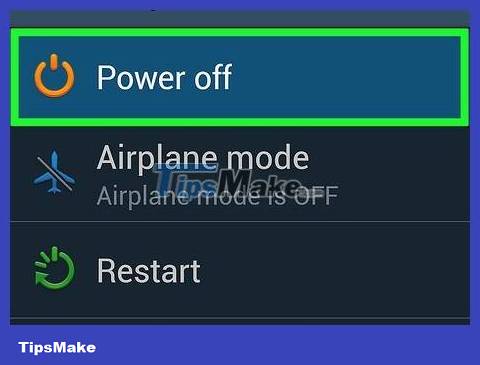
Turn off the device. You will have to reboot in special mode.

Hold down the volume down button, Home button and power button. Your device will start in Download mode. Connect to computer using USB port.
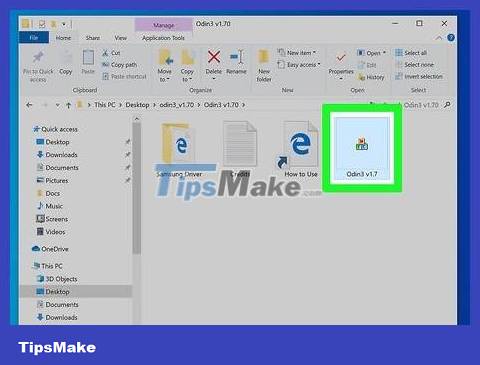
Run Odin3. A blue box will appear to the left of the "ID:COM" section. If you don't see it, your Samsung USB driver is probably not installed correctly.

Press the button . PDA on Odin3. Open the original operating system file.tar.md5just downloaded.

Check the "AP or PDA" box and the "Auto Reboot" box. Make sure any other boxes are unchecked.

Press the button . Start to start the jailbreak process. It may take 5-10 minutes. When completed, you will see "PASS!" (Done) in the top box of Odin 3. Your Galaxy will boot with the regular TouchWiz operating system.

Restore factory settings to fix the automatic restart problem. If after opening it, the phone keeps restarting on its own, you need to perform a factory reset. This will erase everything on the phone.
Press and hold the power button to turn off the device.
Hold down the volume up button, home button, and power button to boot to the Recovery menu.
Use the volume button to select "wipe data/factory reset" and press the power button to select.
Select "wipe data partition" (wipe the data drive) and then select "reboot system now". Your Galaxy will reboot, erase all data and return to factory settings. export.
You should read it
- Only 1/4 of devices running Android support Android Wear
- Fix the error of installing and updating Android device application
- Android devices will be 'stamped' trademarks
- 10 useful tips for Android users
- Top 5 screen sharing applications between two Android devices
- List of devices to be Android 8 - Android O of Samsung, Huawei, LG, Oppo, Sony and HTC
- KitKat accounts for nearly 18% of all Android devices
- Root various Android devices with Kingo Android Root
May be interested
- How to fix Android device not connecting to the computer
 is your android device unable to connect to your computer? there are many causes of this problem, including improper connection mode or no standard driver. just the slightest problem can prevent your computer from recognizing the device.
is your android device unable to connect to your computer? there are many causes of this problem, including improper connection mode or no standard driver. just the slightest problem can prevent your computer from recognizing the device. - Unlock the Android device screen by tapping the screen twice
 the usual way we often use to unlock the android device screen is to press the power button, or on some other android device, users can use the command to speak, requesting to unlock the android device.
the usual way we often use to unlock the android device screen is to press the power button, or on some other android device, users can use the command to speak, requesting to unlock the android device. - How to Connect Android Device to Mac Computer
 installing the android file transfer app on your mac will allow you to connect your android device and transfer files. once connected, you'll be able to browse for files on your android device as you would any folder on your mac. you can also transfer music from your itunes library to your android device.
installing the android file transfer app on your mac will allow you to connect your android device and transfer files. once connected, you'll be able to browse for files on your android device as you would any folder on your mac. you can also transfer music from your itunes library to your android device. - Fixed an error when the Android screen is always on during charging
 normally when charging the android device, the device screen will light up for a few seconds and then automatically turn off. however, in some cases, android users reflect that during charging, their android device is also bright. in the article below, network administrator will show you how to fix this error.
normally when charging the android device, the device screen will light up for a few seconds and then automatically turn off. however, in some cases, android users reflect that during charging, their android device is also bright. in the article below, network administrator will show you how to fix this error. - How to Use Find My Device for Android Devices
 this article shows you how to use the find my device feature developed by google to find your lost android device. although the find my device feature is enabled by default on most new android models, you will still need to adjust a few settings in advance to be able to track your lost phone or tablet.
this article shows you how to use the find my device feature developed by google to find your lost android device. although the find my device feature is enabled by default on most new android models, you will still need to adjust a few settings in advance to be able to track your lost phone or tablet. - Refresh your Android device in 5 ways
 before deciding to start a new android device, try the 5 new ways we share below. who knows, your device will probably work smoother. at that time, you could save a good amount of money for a new machine to use for something more important. please try to apply it.
before deciding to start a new android device, try the 5 new ways we share below. who knows, your device will probably work smoother. at that time, you could save a good amount of money for a new machine to use for something more important. please try to apply it. - Android Q release date and device list are uploaded to Android Q
 this year, android q promises to bring a host of new features and changes to the android operating system. let's see the expected release date of android q and the eligible devices via the following article!
this year, android q promises to bring a host of new features and changes to the android operating system. let's see the expected release date of android q and the eligible devices via the following article! - How to Check RAM on Android
 today's tipsmake will show you how to check the amount of ram in use and total memory on your android device. while you can no longer check your ram in the 'memory' section of the settings app, you can use the hidden developer options menu to view ram statistics on your device. android devices. besides, you can also download the 'simple system monitor' application to view ram usage on any android device (only for samsung galaxy users will be the device maintenance application).
today's tipsmake will show you how to check the amount of ram in use and total memory on your android device. while you can no longer check your ram in the 'memory' section of the settings app, you can use the hidden developer options menu to view ram statistics on your device. android devices. besides, you can also download the 'simple system monitor' application to view ram usage on any android device (only for samsung galaxy users will be the device maintenance application). - 3 apps to help prevent overheating on Android devices
 here are the 3 best apps to help warn android devices that are overheating, to avoid damaging the device and danger to users.
here are the 3 best apps to help warn android devices that are overheating, to avoid damaging the device and danger to users. - Summary of priceless shortcuts on Android
 just like computers, on android devices also have shortcuts to support users to perform quick and simple operations. in the article below, network administrator will introduce you to the list of the most commonly used shortcuts on your android device, making it easy to master your android device.
just like computers, on android devices also have shortcuts to support users to perform quick and simple operations. in the article below, network administrator will introduce you to the list of the most commonly used shortcuts on your android device, making it easy to master your android device.










 How to Jailbreak an Android Phone
How to Jailbreak an Android Phone How to Enable JavaScript on Android Phone
How to Enable JavaScript on Android Phone How to Turn Android Phone into WiFi Hotspot
How to Turn Android Phone into WiFi Hotspot How to Turn Off Safe Mode on Android Devices
How to Turn Off Safe Mode on Android Devices How to Download Videos from Telegram on Android Devices
How to Download Videos from Telegram on Android Devices How to Turn Off Parental Controls on Android
How to Turn Off Parental Controls on Android